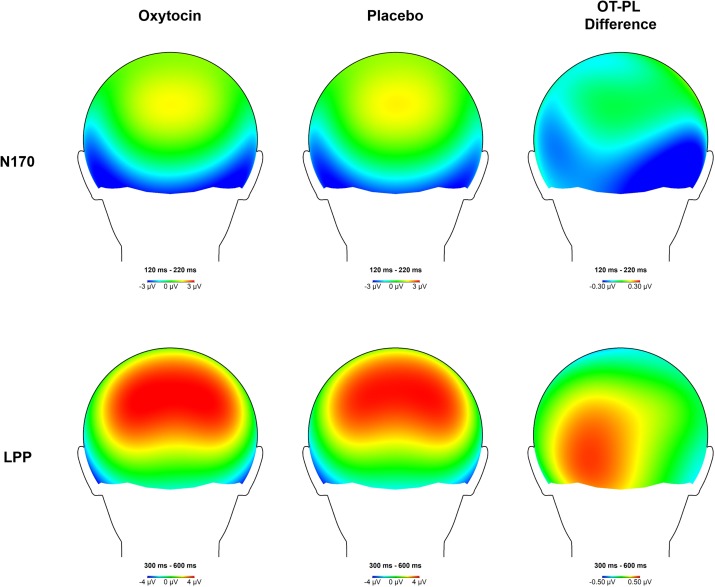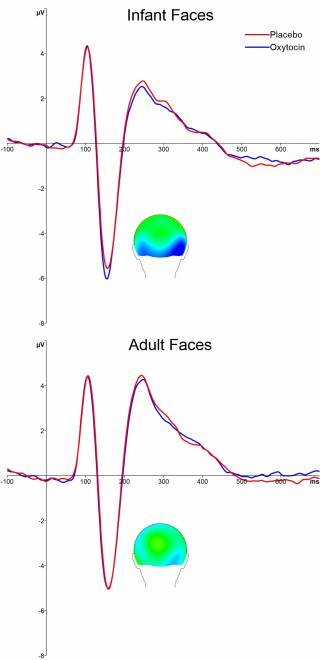
The hormone and neurotransmitter oxytocin has been implicated in various functions such as parturition, lactation, relaxation, caregiving behavior, empathy, and social information processing. The expansion in research on oxytocinergic influences on social-emotional processes during the previous decade is largely due to the methodological innovation of easily administering oxytocin with an intranasal spray. The many findings of the beneficial effects of oxytocin on social behavior have created widespread interest in the potential of utilizing intranasal oxytocin as a tool for therapeutic interventions in various difficulties of social functioning such as postnatal depression or problems in mother-infant bonding. In this light, it is very surprising that there is almost no research on the effects of intranasal oxytocin on social-emotional processes in mothers of young children, even though the basis of our understanding of the significance of oxytocin on social behavior is grounded on the pivotal role of oxytocin in maternal care behaviors across mammalian species.
This project was one of the first attempts to investigate the influence of intranasal oxytocin administration on social information processing in mothers of young children. We recruited 52 mothers of one-year-old infants and they all visited the laboratory twice. Using a double-blind, within-subjects design, the mothers were administered oxytocin spray on one visit and placebo spray during the other visit. After the intranasal spray administration, the mothers completed tasks designed to measure their physiological and behavioral responses to infant and adult face stimuli. To measure physiological responses, we recorded brain activity with electroencephalography (EEG) and heart rate with electrocardiography (ECG).
The first results from the project were reported in this open access article. We found that intranasal oxytocin administration to the mothers increased brain responses that are known the reflect activity of brain areas specialized in processing information from faces. This increase in face-sensitive brain activity after the oxytocin spray was more pronounced to infant faces, although the difference in brain responses to infant vs. adult faces was not large. Nevertheless, the results were promising as they suggest that oxytocin increased neural sensitivity to faces in mothers of young children, which encourages further investigation of the potential of intranasal oxytocin to affect the perception of social cues relevant for parent-child interaction.
More results from this project will be published later.

